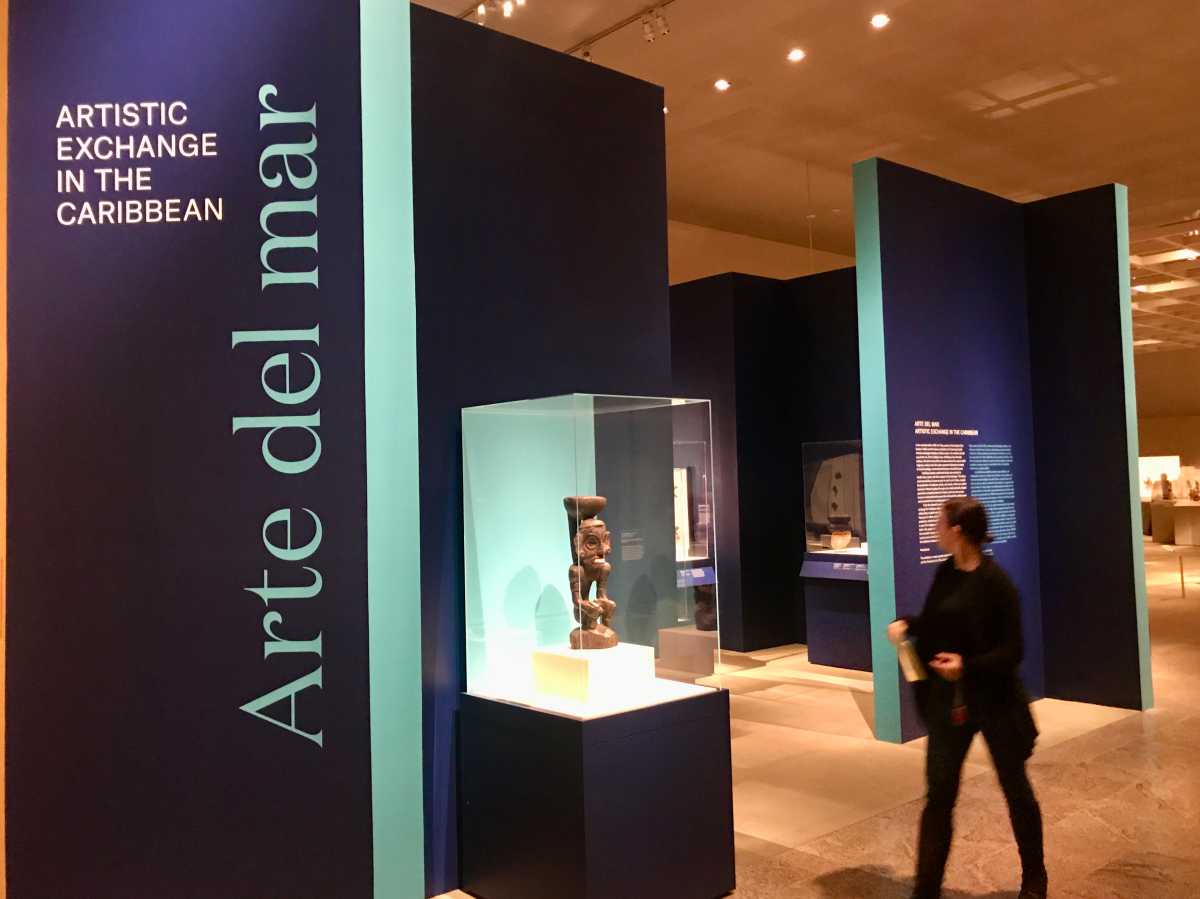A new exhibit at the Metropolitan Museum of Art, called “Arte del mar: Artistic Exchange in the Caribbean,” focuses on civilizations before the 16th century, and especially the Taino civilization of the Great Antilles and their exchanges with surrounding societies.
The exhibit opened Monday and includes recent research on indigenous Caribbean concepts involved in rituals and political power. Many of the objects involve the Taino concept of “zemi,” or “cemi,” which was a force of deities and ancestors believed to exist throughout the environment, and was a foundational element of the communities.
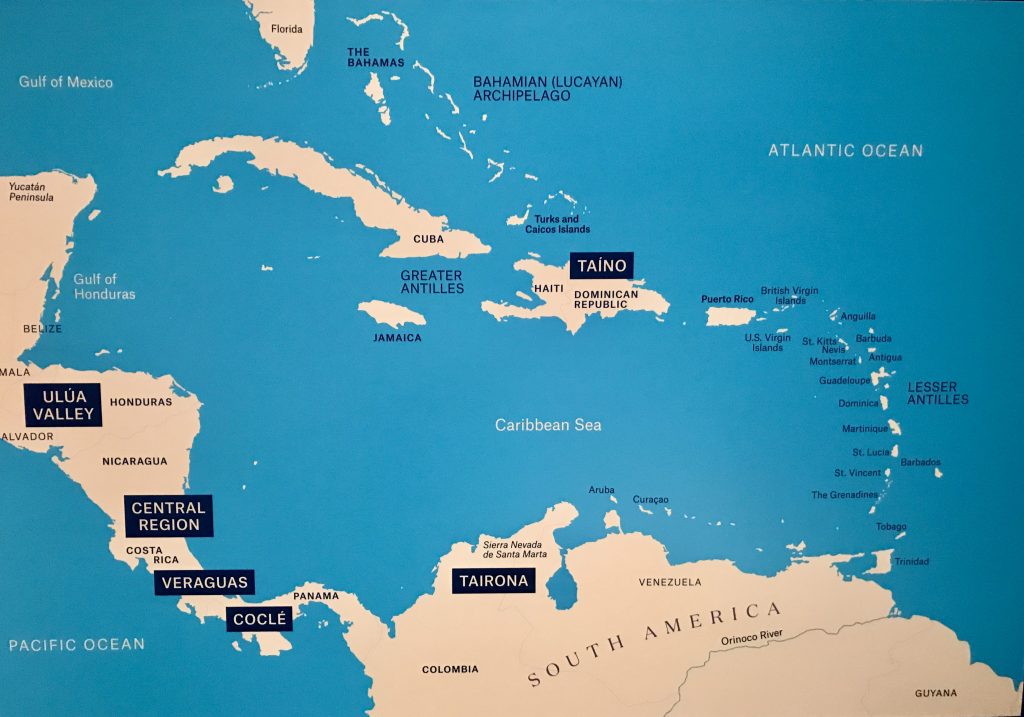
A leader would first perceive a spiritual connection with a particular tree or stone, according to the exhibit. Then the spirit would demand that he or she use a ritual specialist to reveal the zemi’s identity in a ritual that involved a vegetal hallucinogen called cohoba.
Taino artists would then sculpt the tree or stone into a figure of the spirit based on the specialist’s description. The leader would be the caretaker for this figure, which would itself become a powerful force in the community.
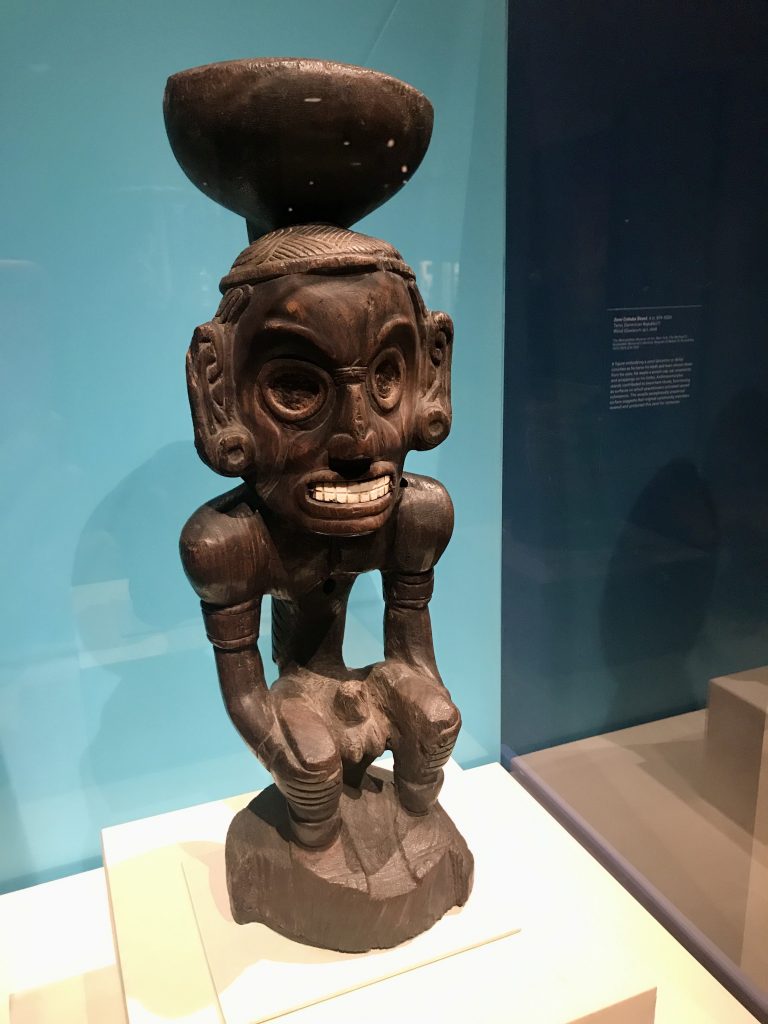
The exhibit includes pendants and objects that were worn in ceremonies, some conveying political authority for male and female leaders, along with stands and vessels. Similar styles found across cultures suggested artistic exchange, including with areas in Colombia, Panama, Costa Rica and Honduras.
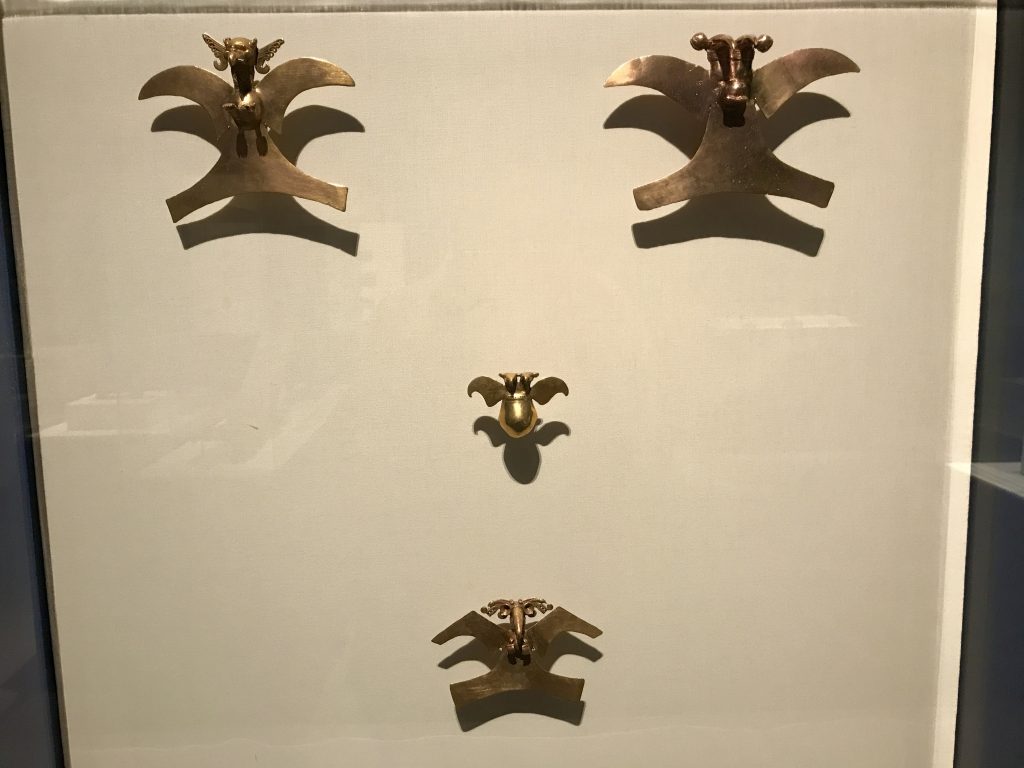
“Early Caribbean civilizations developed a rich cultural legacy that was fueled by the interplay of ideas and influences across the region,” said Max Hollein, director of The Met, before the exhibit opened. “This exhibition celebrates the artistic traditions of these ancestral communities while honoring the enduring power of the objects.”
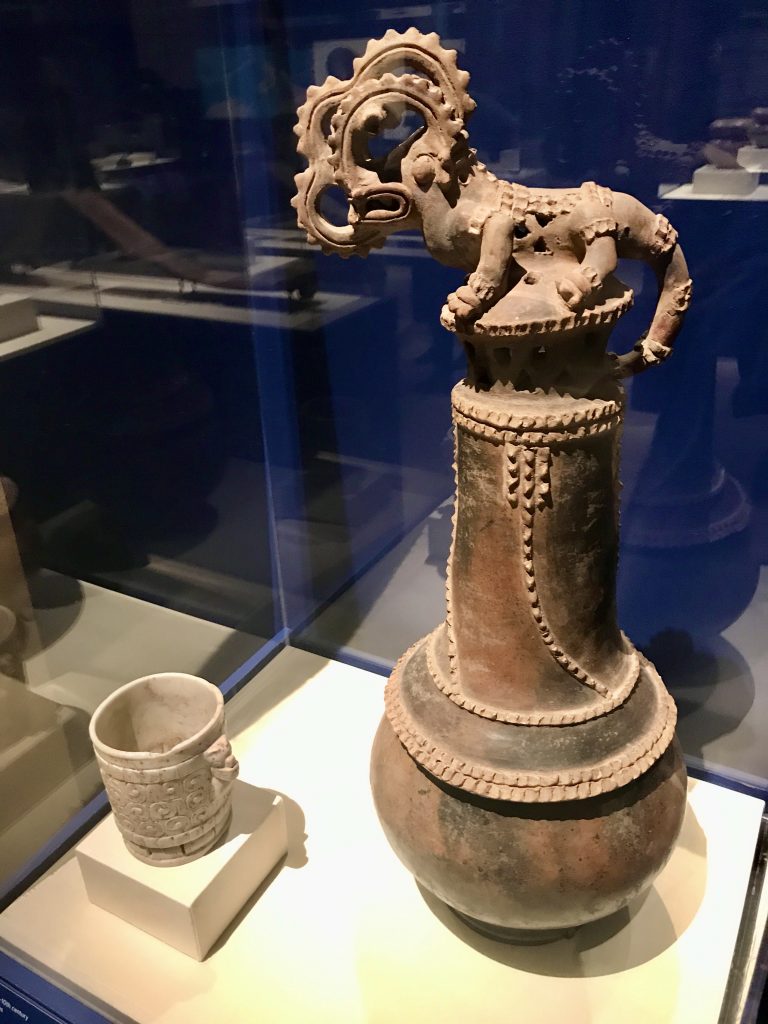
A section also looks at Caribbean ancestral legacies into the 20th century and present day, with a painting by Wilfredo Lam, a Cuban artist of Afro-Chinese descent who said he used his art as an “act of decolonization,” the exhibit notes. He used influences of Afro-Caribbean deities in his work, along with influences from European Cubism and Surrealism. He also referenced West African religions that blended with Taino practices as they spread in the Antilles.
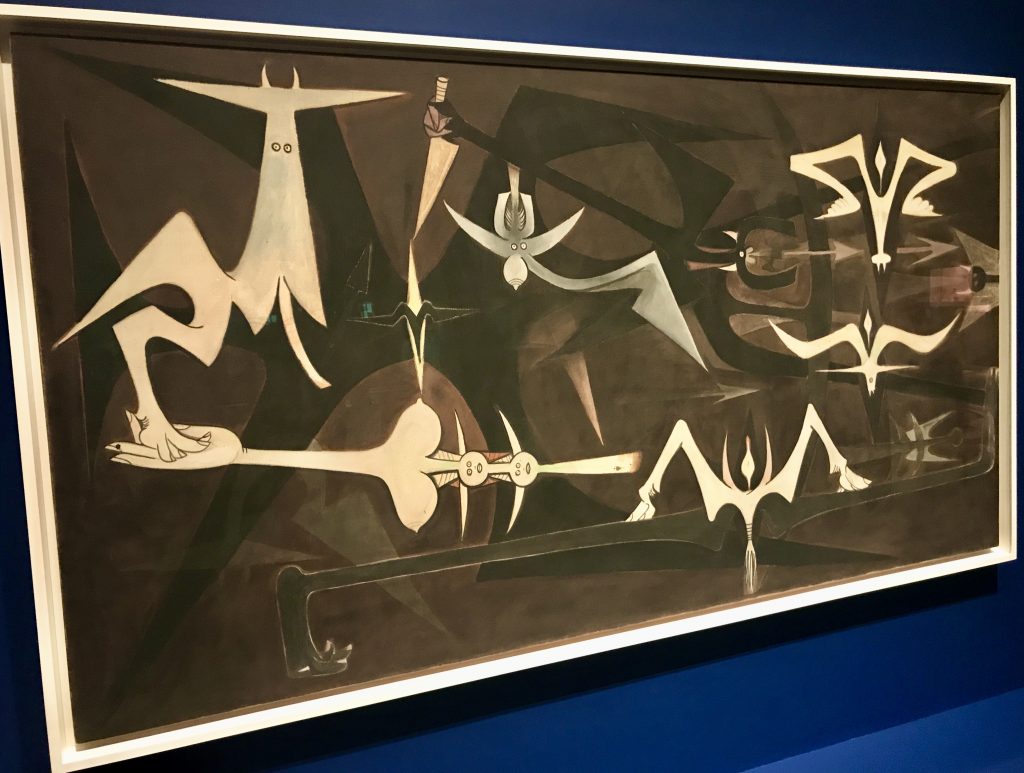
The “Arte del mar” exhibit will be at The Met until Jan. 10, 2021.



